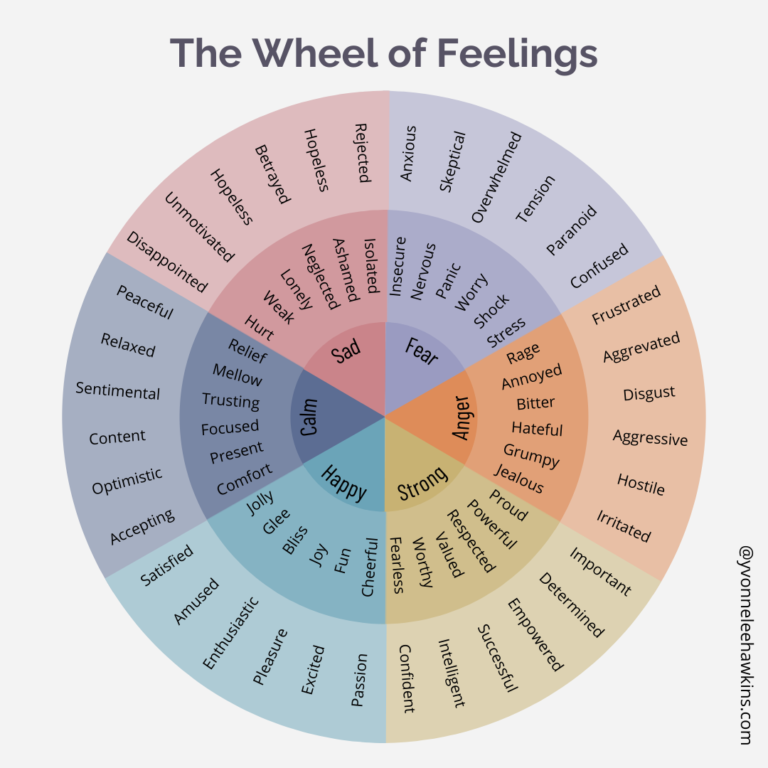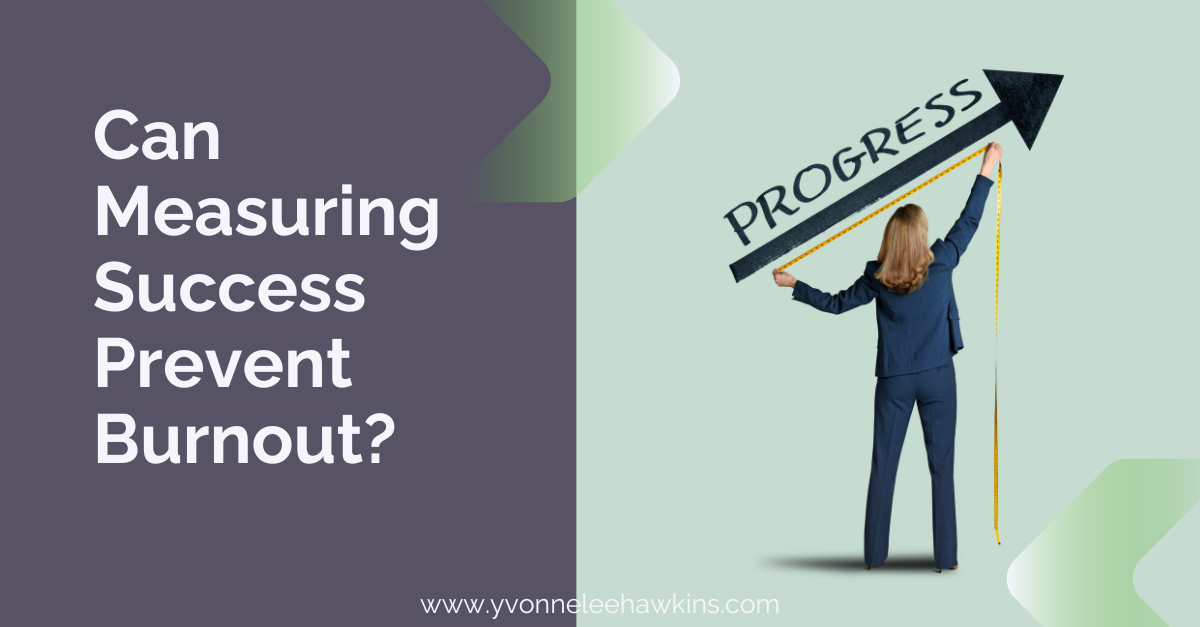In particular for professionals balancing multiple responsibilities, burnout is characterized by chronic stress leading to physical and emotional exhaustion, cynicism, and reduced professional efficacy. One of the most effective ways to prevent burnout is through regular self-assessment and proactive adjustment strategies. By regularly evaluating our well-being and making necessary adjustments, we can maintain a healthy balance and sustain long-term productivity and satisfaction.
The Importance of Regular Self-Assessment
Self-assessment is the practice of reflecting on one’s mental, emotional, and physical state to identify signs of stress and burnout. Often, we are moving about so fast from one place to another we barely recognize what state we are in. It is not uncommon to forget to eat lunch or realize with urgency the need to use the restroom. Regular self-assessment allows individuals to recognize early warning signs and take action before burnout becomes debilitating, but it can be difficult if we have learned to suppress our own body’s signals. Here are some key areas to focus on during self-assessment:
· Emotional Health: Assess your mood, stress levels, and emotional reactions. Are you feeling overwhelmed, irritable, or disconnected? Sometimes we don’t have the words for how we feel. An emotion wheel found at the end of this article.
· Physical Health: Evaluate your physical well-being, including energy levels, sleep quality, and any physical symptoms such as headaches or fatigue.
· Work Performance: Reflect on your productivity, motivation, and engagement at work. Are you struggling to concentrate or complete tasks?
· Personal Fulfillment: Consider your overall sense of fulfillment and happiness. Are you finding joy in your activities and relationships?
Adjustment Strategies to Prevent Burnout
Once potential issues are identified through self-assessment, the next step is to implement strategies to address them. Here are several effective adjustment strategies:
1. Set Boundaries: Easier said than done but work to establish clear boundaries between work and personal life. Designate specific times for work and ensure you have time for relaxation and personal activities. Communicate these boundaries to colleagues and family members to ensure they are respected. This is by far the #1 thing I work with my coaching clients on.
2. Prioritize Self-Care: Self-care is essential for maintaining physical and emotional health. Incorporate activities that promote well-being, such as exercise, healthy eating, adequate sleep, and hobbies that bring joy. Regularly schedule time for self-care activities, treating them as non-negotiable appointments.
3. Practice Mindfulness: Mindfulness practices, such as meditation, deep breathing exercises, and mindful walking, can help reduce stress and increase resilience. These practices encourage a present-moment focus, allowing you to manage stress more effectively and prevent burnout.
4. Delegate and Collaborate: Avoid taking on too much by delegating tasks to others when possible. Collaborate with colleagues to share the workload and foster a supportive work environment. This can reduce the pressure on any one individual and promote a sense of team cohesion.
5. Seek Support: Don’t hesitate to seek support from friends, family, a coach or a mental health professional. Talking about your experiences and feelings can provide relief and offer new perspectives on managing stress. Support groups or professional counseling can be invaluable resources.
6. Regular Breaks: Take regular breaks throughout the day to rest and recharge. Short breaks, such as a five-minute walk or a few minutes of deep breathing, can significantly reduce stress and improve focus. Ensure you also take longer breaks, such as weekends and vacations, to fully disconnect from work and rejuvenate.
7. Goal Setting and Time Management: Set realistic and achievable goals for yourself. Break larger tasks into smaller, manageable steps and create a schedule that allows for balanced work and relaxation. Effective time management can reduce the feeling of being overwhelmed and improve productivity.
8. Reflect and Adjust: Regularly reflect on your self-assessment results and the effectiveness of your adjustment strategies. Be willing to adjust your approach as needed. What works at one time may need to be modified as circumstances change.
Preventing burnout requires a proactive and ongoing effort. Regular self-assessment is a powerful tool that allows individuals to stay attuned to their well-being and recognize early signs of stress. By implementing and adjusting strategies such as setting boundaries, practicing self-care, and seeking support, individuals can maintain a healthy balance and prevent burnout from taking hold. Prioritizing well-being is not just about avoiding burnout; it’s about thriving in both personal and professional aspects of life. By taking regular stock of our well-being and making necessary adjustments, we can sustain long-term productivity, satisfaction, and overall health.
Tracking Progress and Setbacks to Avoid Burnout
In the quest to maintain a healthy work-life balance and avoid burning out, keeping track of progress and setbacks is a vital practice. It provides insights into what strategies are working, what needs adjustment, and how to sustain a healthy approach to both personal and professional life. By regularly monitoring your journey, you can make informed decisions and stay on a path that promotes well-being and productivity.
The Importance of Tracking Progress and Setbacks
Tracking progress and setbacks involves systematically recording your experiences, emotions, and outcomes related to your efforts in avoiding burnout. This practice offers several key benefits:
The first is Self-Awareness. Regular tracking helps increase self-awareness by allowing you to recognize patterns and triggers that contribute to stress and burnout. Without first being self-aware, you may not even know what is happening. All you know is that you feel bad.
The second is Motivation. Seeing tangible evidence of progress can boost motivation and reinforce positive behaviors. The more progress you see, the more motivated you may become. Next is adjustment. You need to be able to identify setbacks and see them as an opportunity to adjust what you are doing to get more effective approaches.
Lastly, and key is accountability. Keeping track holds you accountable to your goals and encourages consistent efforts toward maintaining well-being. It is surprising how often we don’t remember accurately. By keeping a record, you are able to see what is really going on and make the changes you want.
How to Track Progress and Setbacks
There are several methods and tools you can use to track your progress and setbacks effectively:
Journaling: Maintain a daily or weekly journal where you record your thoughts, feelings, and experiences. Note any significant events, stressors, and how you responded to them. Reflect on what strategies worked well and where you faced challenges.
Progress Logs: We know this in business, so why aren’t we using it more regularly in our personal life? Create a progress log to record specific goals and milestones. I like to use a Google Sheet that I can access on my phone so I can log things wherever I am. This can include metrics such as hours of sleep, exercise frequency, meditation practice, and time spent on hobbies. Update the log regularly to monitor trends over time.
Apps and Digital Tools: Utilize digital tools and apps designed for tracking well-being, such as mood trackers, meditation apps, or fitness trackers. These tools can provide visual representations of your progress and make it easier to identify patterns. Some of my favorites include Habit-Bull for tracking habits, and MyFitnessPal for tracking what I eat (when I’m trying to dial in my diet).
Regular Check-Ins: Schedule regular check-ins with yourself or a trusted friend, mentor, or coach. Use these sessions to review your progress, discuss setbacks, and brainstorm solutions. Having an external perspective can provide valuable insights and support.
Surveys and Questionnaires: Periodically complete surveys or questionnaires that assess your stress levels, emotional well-being, and overall satisfaction. I designed this Burnout Self-Assessment quiz for clients so I know just how stressed they are. These assessments can provide a structured way to evaluate your progress and identify areas needing attention.
Reflecting on Progress
Reflecting on your progress involves looking back at your records to identify positive changes and areas of growth. Here are some key aspects to consider during reflection:
Achievements: Celebrate your successes, no matter how small. Acknowledging achievements reinforces positive behavior and builds confidence.
Patterns: Look for patterns in your records that indicate what strategies are most effective in reducing stress and preventing burnout.
Emotional Changes: Notice any changes in your emotional well-being. Are you feeling more relaxed, focused, or content? These changes can be subtle but significant indicators of progress.
Addressing Setbacks
Setbacks are a natural part of any journey and provide valuable learning opportunities. Here’s how to address them constructively:
1. Identify Triggers: Determine what triggered the setback. Was it a specific event, a change in routine, or an unmet need?
2. Analyze Responses: Reflect on how you responded to the setback. What worked well, and what could be improved?
3. Adjust Strategies: Use the insights gained from your analysis to adjust your strategies. This might involve modifying existing approaches or trying new ones.
4. Practice Self-Compassion: Be kind to yourself. Setbacks are not failures but opportunities to learn and grow. Treat yourself with the same compassion and understanding you would offer a friend.
Maintaining a Balanced Approach
Maintaining a balanced approach to tracking progress and setbacks is crucial. Here are some tips to ensure your tracking efforts remain supportive and not overwhelming:
Consistency Over Perfection: Aim for consistency in tracking rather than perfection. It’s okay to miss a day or two; what matters is the overall trend.
Flexibility: Be flexible in your methods and open to changing your approach as needed. Different tools and techniques may work better at different times.
Focus on Well-Being: Remember that the ultimate goal is your well-being. If tracking becomes a source of stress, simplify your approach or take a break.
Tracking progress and setbacks is an invaluable practice for avoiding burnout and maintaining a healthy balance in life. By systematically recording and reflecting on your experiences, you can gain insights into what works best for you, celebrate your achievements, and learn from your challenges. This ongoing process of self-awareness, adjustment, and self-compassion helps ensure that you stay on a path that promotes long-term well-being and productivity. Embrace tracking as a supportive tool in your journey towards a healthier, more fulfilling life.

Did this topic add value for you? Please like and subscribe if you want more topics like this, or comment or DM me. I always love suggestions and feedback!
And if you are too burned out and overwhelmed to even begin
to use any of these strategies it might be time to get some help. Find a coach,
therapist, or doctor who can help you reverse out of the physical, mental, and
emotional symptoms of burnout so you can get back to living in healthy balance.
Remember, Self-care isn’t selfish…it’s required!
Yvonne Lee-Hawkins, IPHM, is a holistic wellness coach,
stress strategist, and writer, who spent 20 years in corporate and leadership
functions. When she is not working, she loves to go on nature adventures with
her family, in the Pacific Northwest where they call home. You can find out
more on her website,
or follow her on LinkedIn,
Medium, or Instagram.
If you want some help with monitoring progress, Burnout
recovery, or general wellness, schedule a call here.

